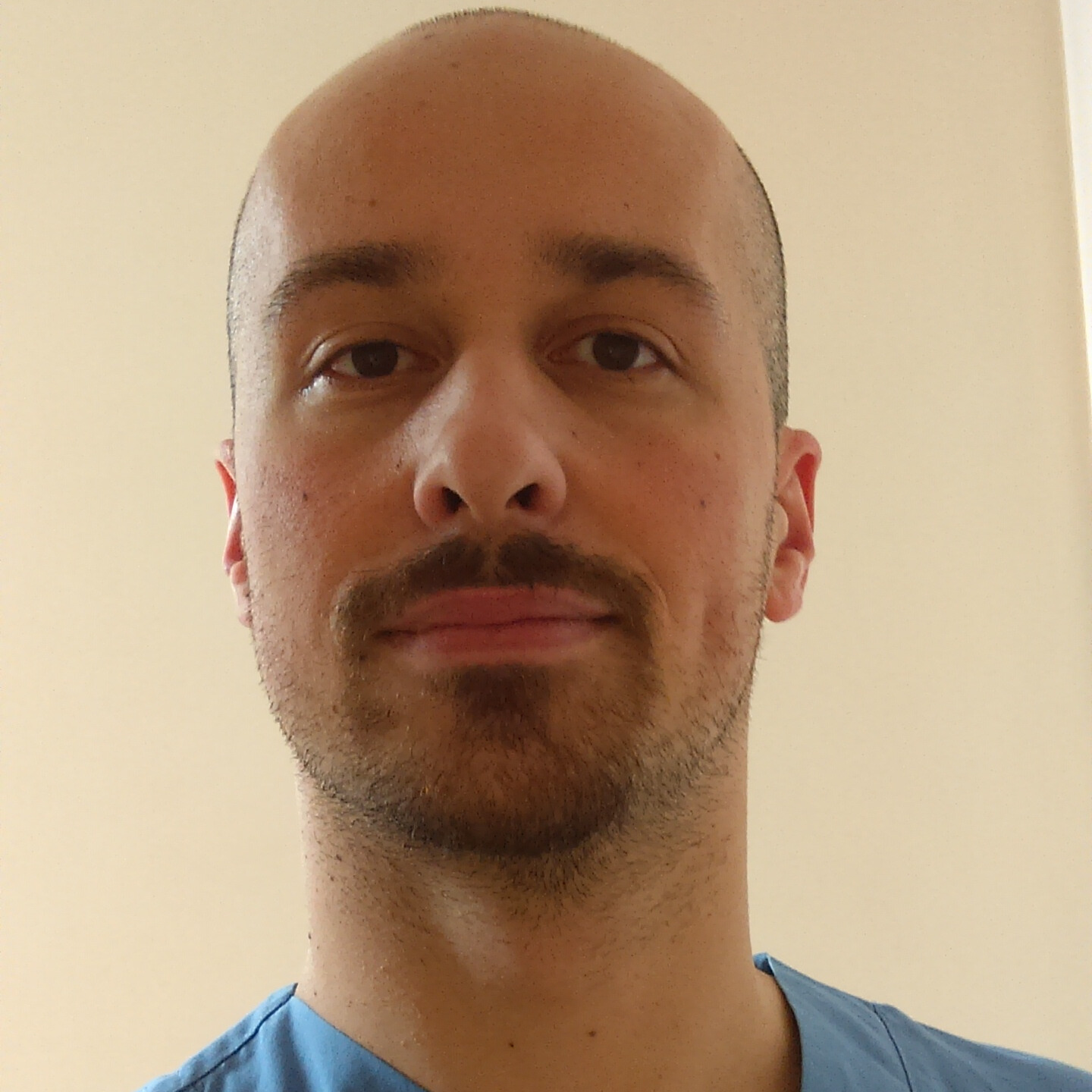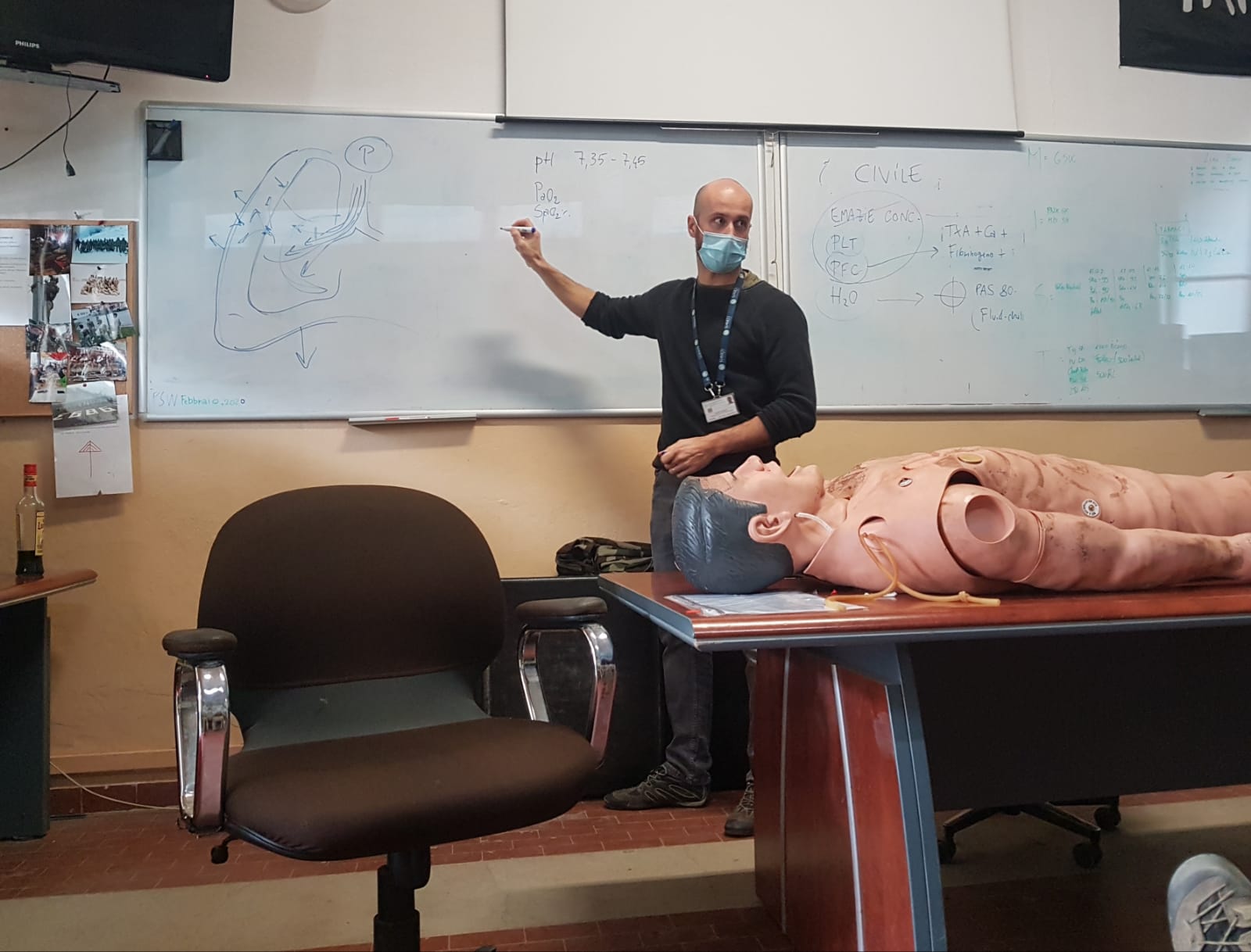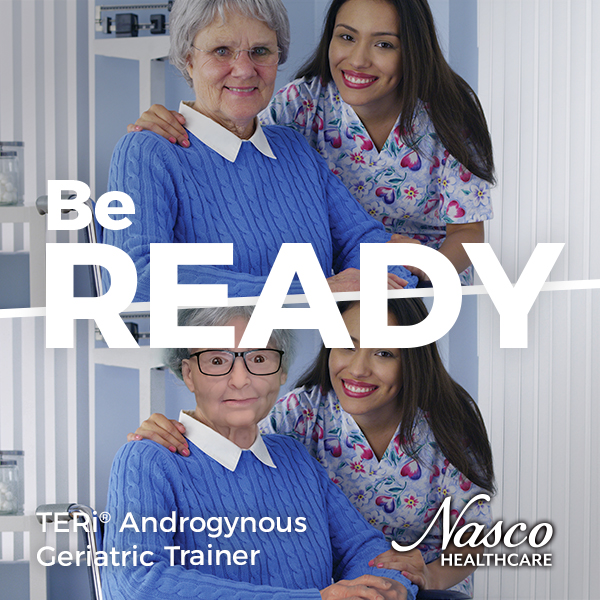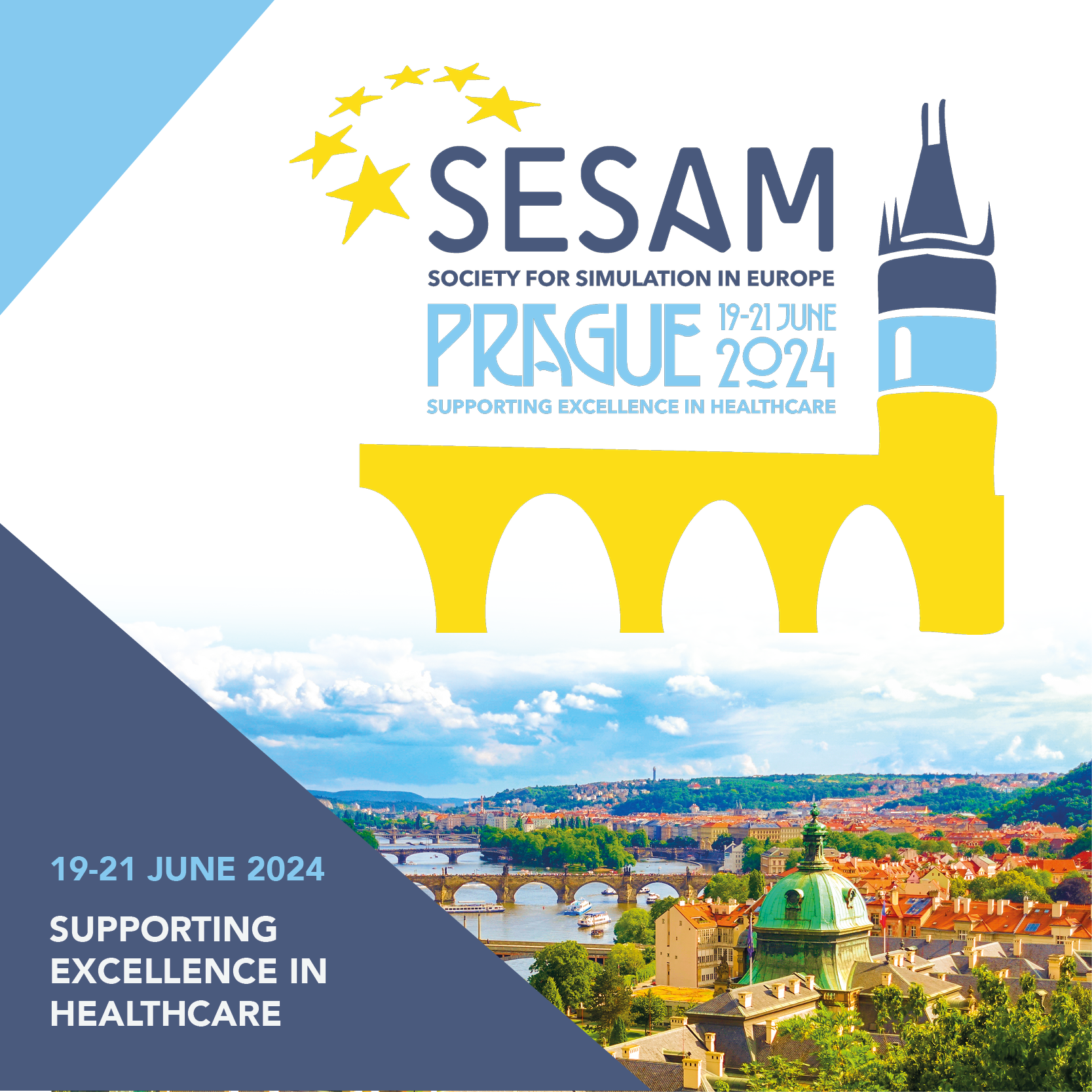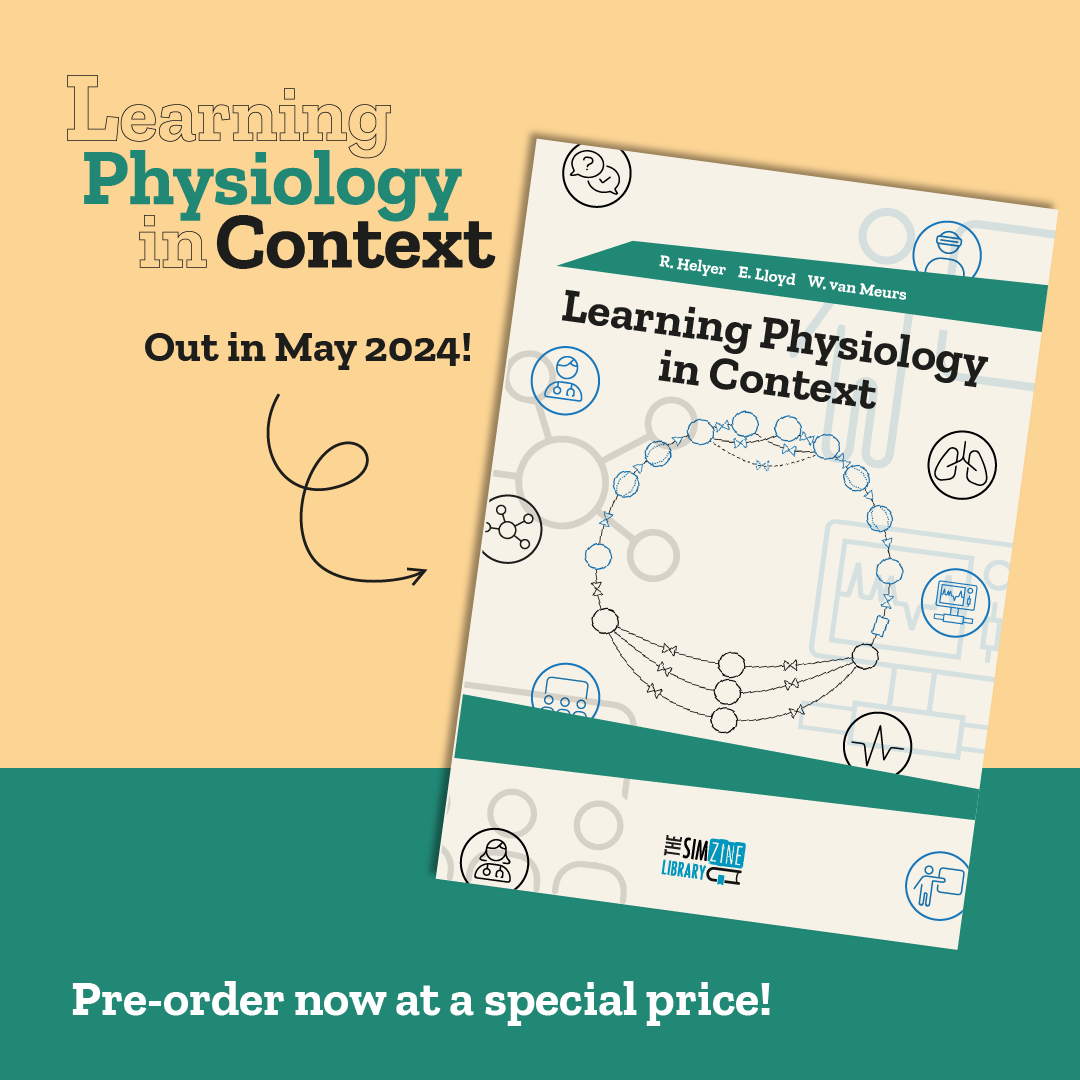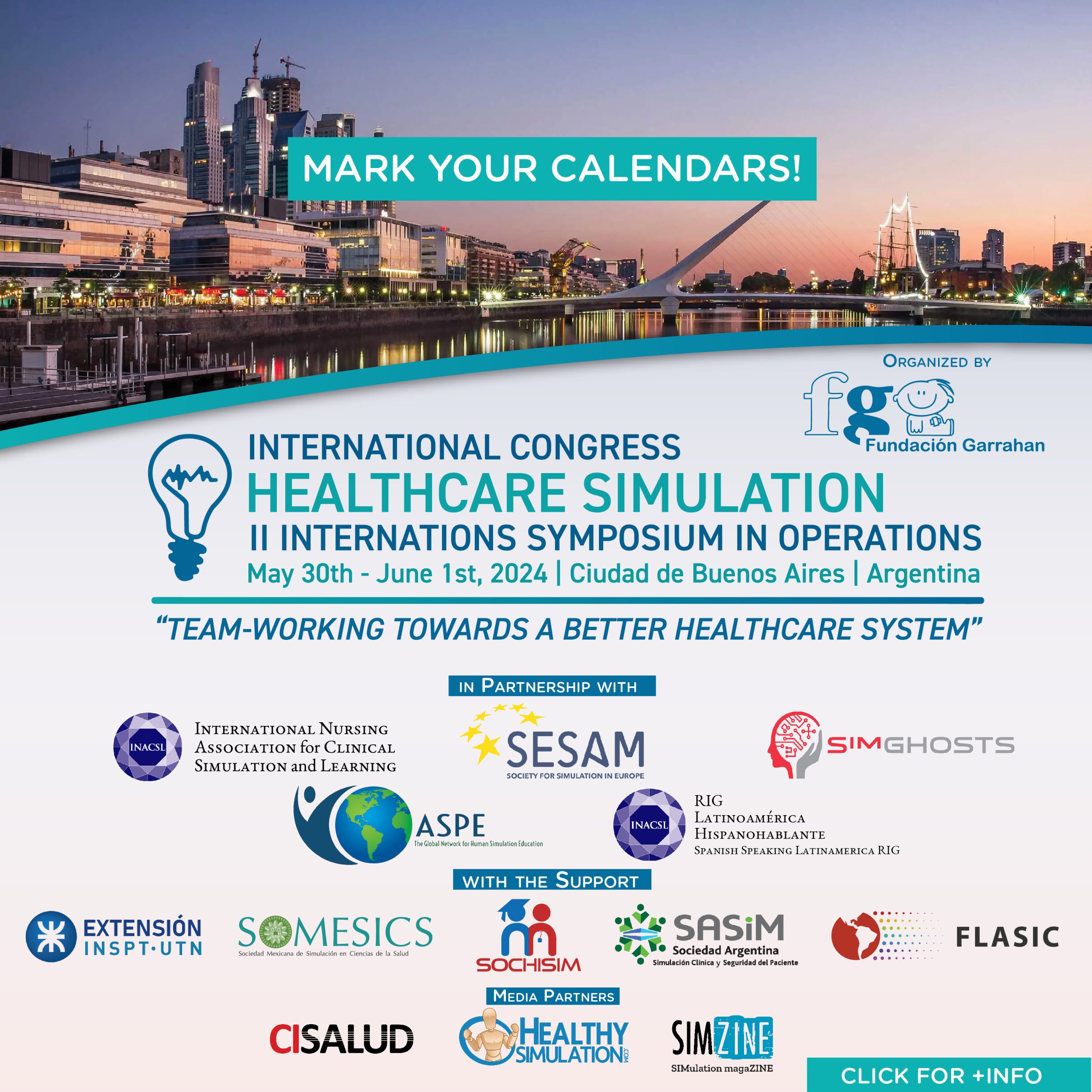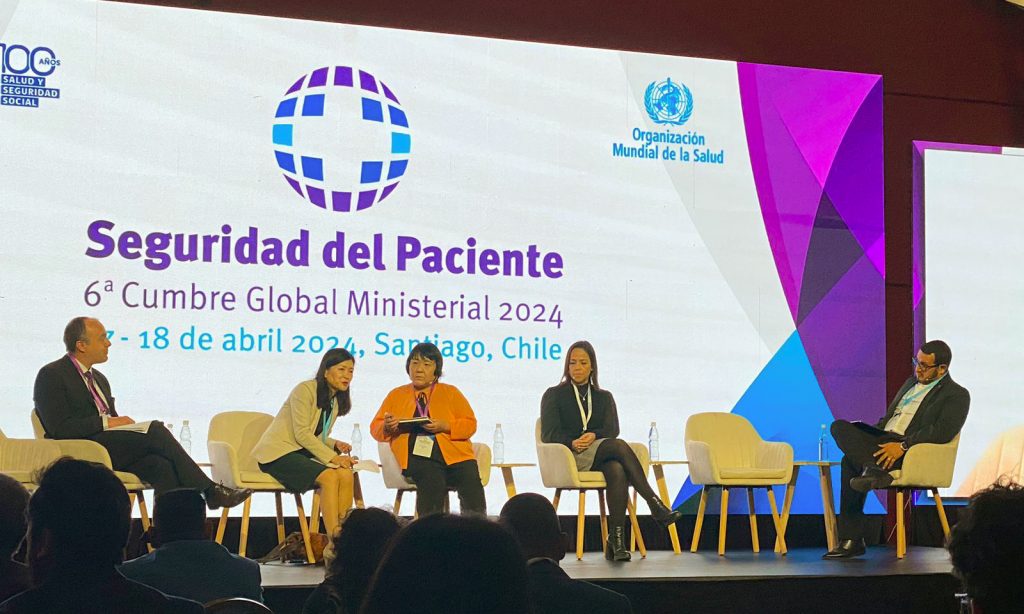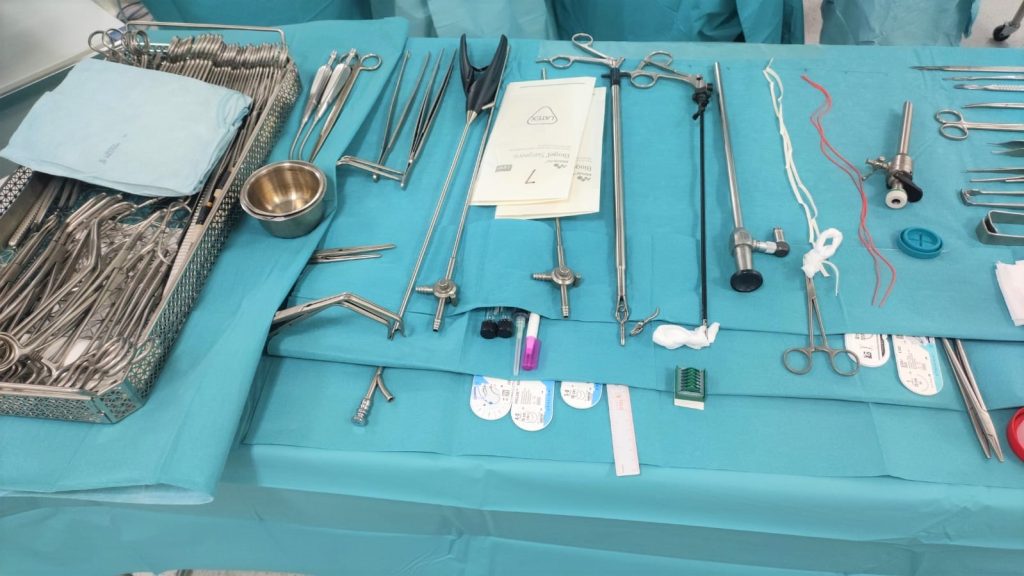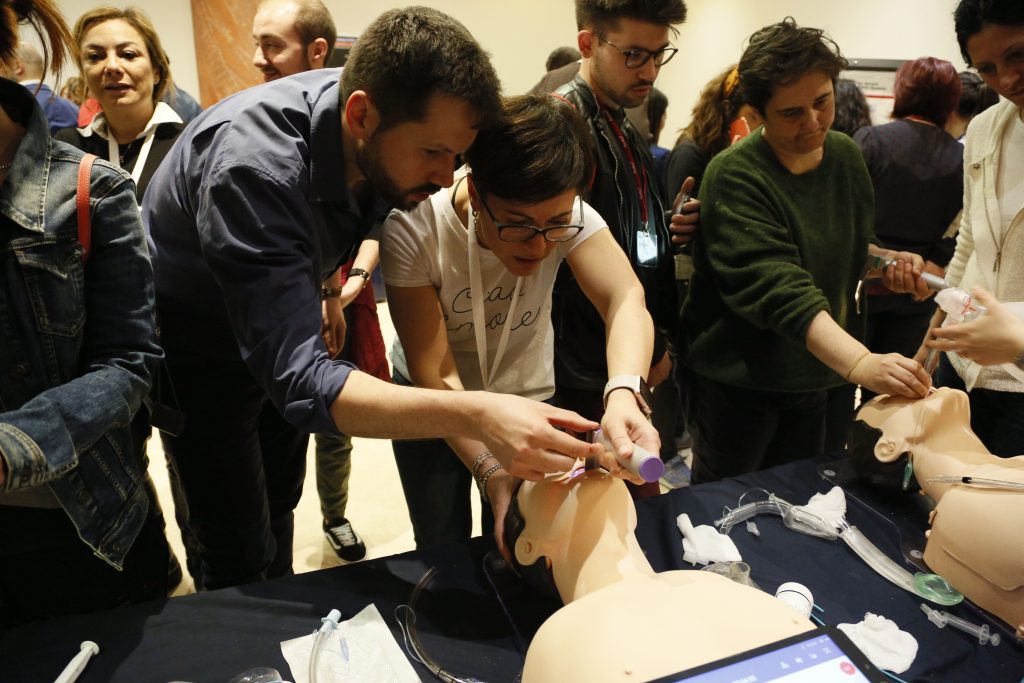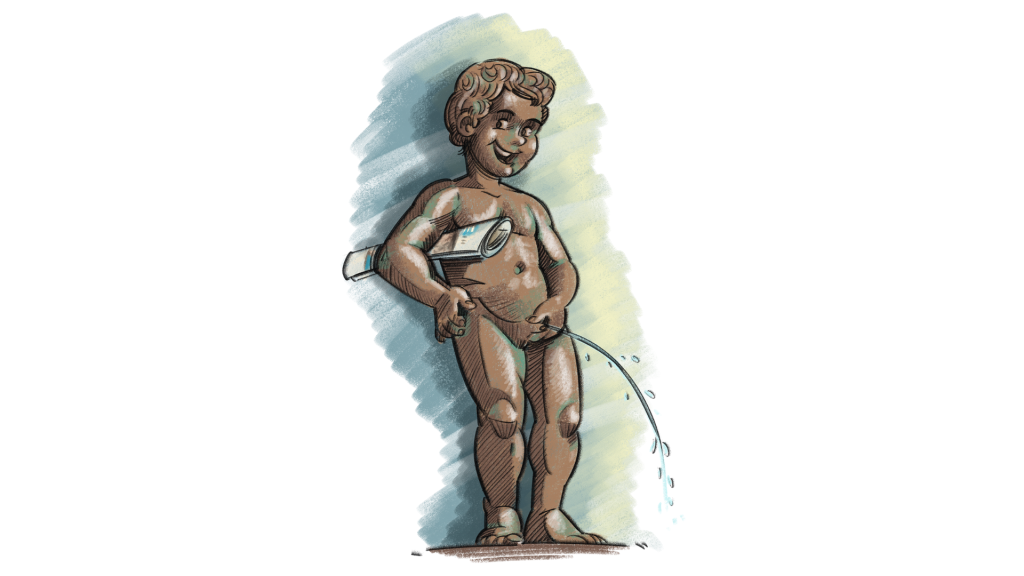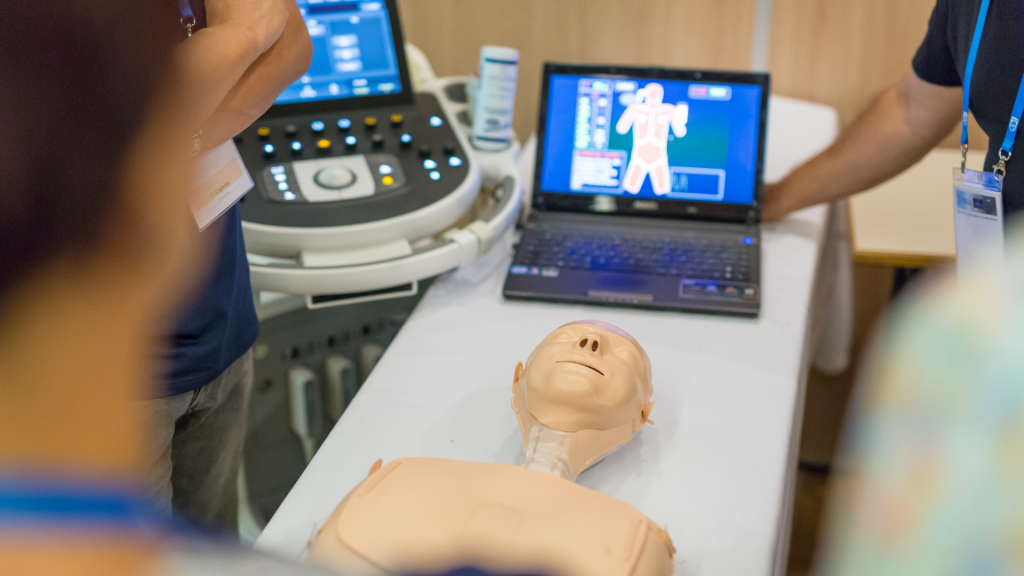Reflections of a resuscitator who enters the barracks to participate in the simulations of the Armed Forces raiders
September 2018
After a few years of intense training, workshops and courses with the Military Academy, the stakes suddenly rose. The opportunity to collaborate with the special departments of “raiders”, of course, was not in my plans.
I had been periodically holding simulation courses on the management of the Critical Patient for some years to the now graduate Medical Lieutenants of the Academy, when an old acquaintance contacted me as the new medical referent of the most important regiment of Army raiders. In other words, more than a job assignment, I was offered the possibility of taking a small step inside that impressive parallel world of the “Special Corps“, where military secrets govern privacy covering everything (men, objects, thoughts, words ) of an absolute daily normality.
But there, we know it well, nothing is daily or normal. It wasn’t long before I understood how the work of certain elite departments was actually connected to the country’s intelligence, which made it all the more intriguing.
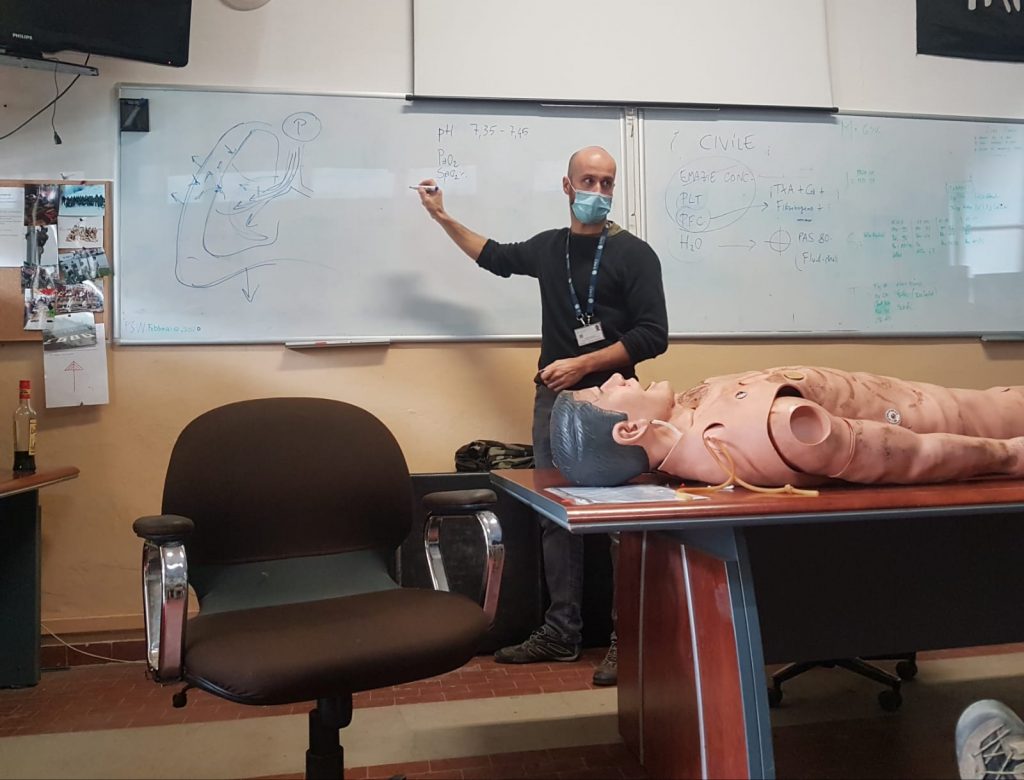
First problem
I certainly could not be up to that task. But who would have been? On the one hand, I had a solid experience with Army doctors, a good reputation as a resuscitator and certainly a great desire to try. On the other hand, there was a world about which I knew little or nothing, people about whom I knew even less and the almost mathematical certainty of being inadequate to the expectations that some would have had of me. In other words, it was exactly for me: without any embarrassment I felt the narcissistic desire to try and get involved, even risking the KO in the first round. But the game was worth the candle.
I therefore found myself at the Vannucci Barracks in Livorno, one of the many headquarters of the Italian Armed Forces, where a certain Chief M (let’s use a pseudonym) would welcome me to act as Charon and Cicero in that small town hidden from the eyes of most.
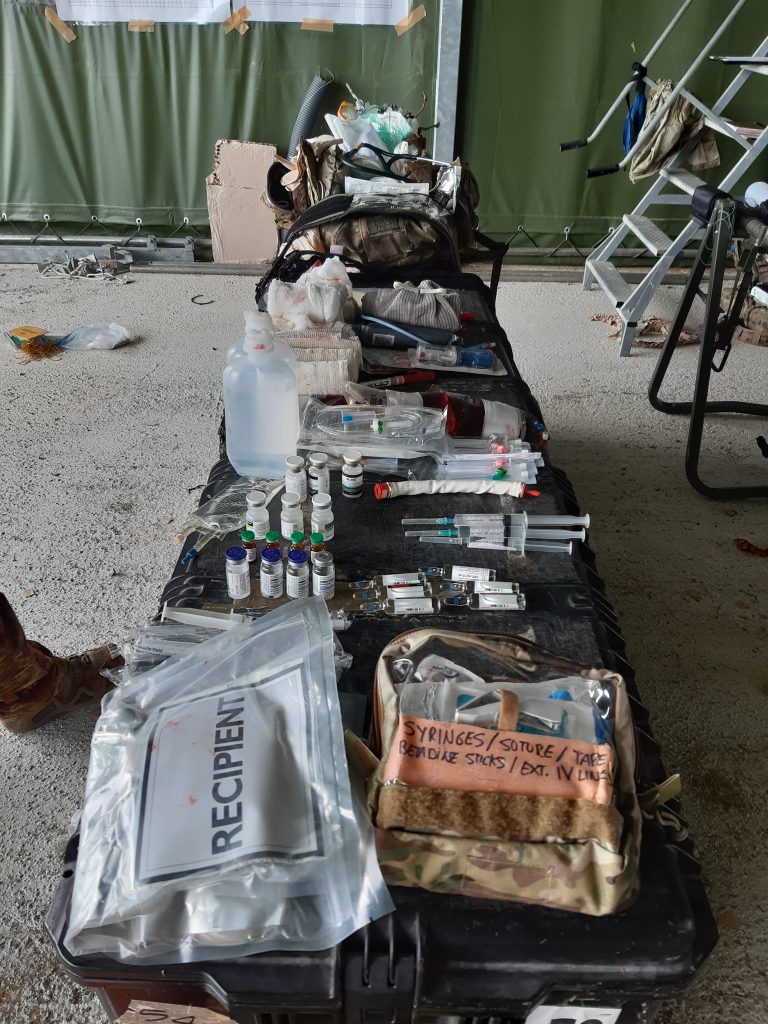
Second problem
Everybody was kind, polite and, exactly as I expected, ready to test me because after all, who the hell was I? And above all, what skills did I have to allow myself to go and say something to them, to the Excellence, chosen among the best, selected and trained for 2 years, who were ready for anything?
After a minimal briefing by Chief M, the exercises began. Or rather, high-fidelity simulations without manikins but with actors because «to learn things well, you either really do them on real people or you don’t learn them» (cit.).
I was a silent and almost invisible spectator for all the hours of the simulation that saw the “Combat-Medic” operators (not doctors, then) engaged. I waited for the debriefing, a more than common practice in the military world, to try to give a different perspective from the classic T3C they were used to. I didn’t even intervene when, during a simulation, at the umpteenth attempt to position a CVP, the victim on the ground looked Chief M in the eyes as if to ask him: “AGAIN!?” and Chief M answered him: “HEY! WE HAVE TO LEARN!”.
And the debriefing came, under the defiant gaze of all the operators who were anxiously waiting for any criticism to fight back, the same way as one returns enemy fire. I didn’t keep them waiting too long, the second question was enough: «Why Zofran and not Plasil? The Americans always use Plasil mixed up with Ketamine…». So, given that I still didn’t know anything about what the hell Americans were doing on the field,the real question is that I realized I had in front of me people with a middle school diploma capable of discussing drugs, maneuvering like a specialist doctor and critically analyzing any deviations from the protocols they had been trained on. In short, the game was really interesting.
Third problem
How could I guarantee an adequate level of training, tailored to the real needs of the “operational” staff? How far could I have gone in teaching critical and emergency medicine, especially at a procedural and maneuver level? In other words, what rules of engagement for our military and what margin of medical intervention is deliberately allowed during missions? And I assure you that, to date, the biggest challenge is still to reconcile the “Think What is Better” with “Think What They Have” and the “Think What They Can Do“.

The debriefing lasted a couple of hours, topped off only by a few slides taken from my PC and an old simulation software (patient monitor type) with which I tried to get the operators to understand the critical issues I had encountered. It was difficult, challenging, and intriguing. But in the end they extended their hand: «Doctor, thank you, this is a small thought… see you soon!».
So it was that I returned home with my first military badge, an excellent customized bottle of Merlot and the feeling – after 5 years it is now a certainty – that I had planted a small seed and made friends. And from that debriefing, in fact, after a short time “the winds of war” took me from the hills to the sea, from the skies to diving, in short, from paratroopers to scuba divers.
In the same way as I entered the Vannucci Barracks, the Varignano Fortress awaited me. Under the Navy Arsenal, close to the gulf of Porto Venere, a diamond of history and nature, a symbol of strength and heroism: “Teseo Tesei”. It is essentially here that I would like to describe to you how my approach to training has changed and likewise my vision of the critically ill patient. But I’ll tell you next time.
READ ALSO


